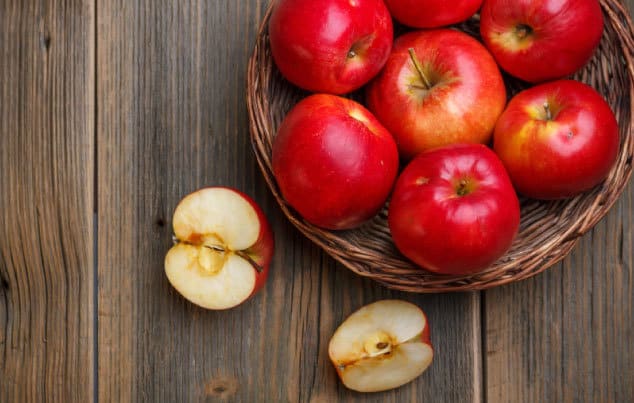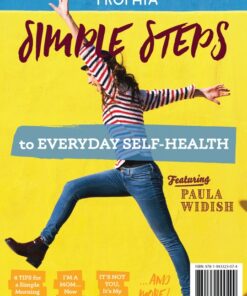Fall is here, and along with the season comes one of the most versatile fruits out there, the apple. It’s easy to find an apple recipe for every eating occasion you can imagine, and for good reason. This ubiquitous, orb-like fruit is simply delicious—and it’s quite nutritious as well.
What’s so great about apples? Let me give you a starter list:
- Don’t ditch the peel! This is where most of the polyphenols are stored, including quercetin, epicatechin, and kaempferol. Remember, when you eat the whole fruit, you receive the most nutritional value.
- Apples regulate blood sugar levels. Their polyphenols help our bodies process carbohydrates, which in turn has a positive effect on our blood sugar levels.
- Apples promote cardiovascular health. Through a combination of those invaluable polyphenols and the apple fiber known as pectin, total cholesterol and LDL-cholesterol can decrease when we consume apples regularly.
- Apples are a great source of boron. Though our bodies don’t require large amounts of this trace mineral, we do need some boron for healthy bones. Apples are a perfect way to give your body this nutrient.
With 2,500 apple varieties in the United States alone, there must be at least one that would appeal (pun intended) to your taste buds. An important thing to remember is that apples are on the “Dirty Dozen” list. Since eating the peel is essential in reaping the full health benefits of apples, buying organic is pretty darn important. To learn more about the dangers of agrichemicals on our food, take the time to read E.K. Roosevelt’s “You Are Eating Poison by the Plateful!” in the SRP Historical Archives.
The organically grown apple is also important because well-fed soil yields more nutritious fruit. Trace nutrients like boron will more likely be in an organically grown apple than in a commercially grown apple from sterile soil. This soil deficiency is what Dr. William Albrecht identified in the 1940s as the cause of “hidden hunger.” Neil M. Clark documents this fascinating story in his article “Are We Starving to Death?”
We often joke at our house that we need an apple orchard just to keep our three boys happy. Apples make such a convenient snack that it’s hard to say no when the kids grab one as they run out the door for this, that, or the other thing. But on those rare times when they have nowhere to be, we’ll take the time to indulge in a favorite snack around our house—apple slices dipped in plain, old cinnamon. With the natural sweetness bursting from this awesome fruit, there’s no need to add sugar. But why stop there? This fall I’m also excited to give this Rustic Apple Tart recipe from the Ask Chef Phyllis blog a try.
If your family is like mine and eats apples by the wheelbarrow load, here’s a shopping tip. When your favorite variety goes on sale, buy a case. Some stores will even give you an additional case discount—usually 10 percent—on top of the sale price. But ask for the case discount even when they aren’t on sale—it’s an easy way to reduce your grocery bill. Visiting a local orchard is another great way to get apples and also teach our kids where their food comes from.
Sometimes it’s easy to take our food for granted and just trust that it knows what it’s doing. Apples are a nice reminder of that, which is yet one more reason they’re such a great food to include on our menu.
What’s your favorite apple recipe?
Photo from iStock/grafvision
Related Topics
holistic health | holistic nutrition | nutrition | organic food | whole food nutrition
 Get self-health education, nutrition resources, and a FREE copy of A Terrible Ten: Health Foods That Ain't ebook.
Get self-health education, nutrition resources, and a FREE copy of A Terrible Ten: Health Foods That Ain't ebook.

